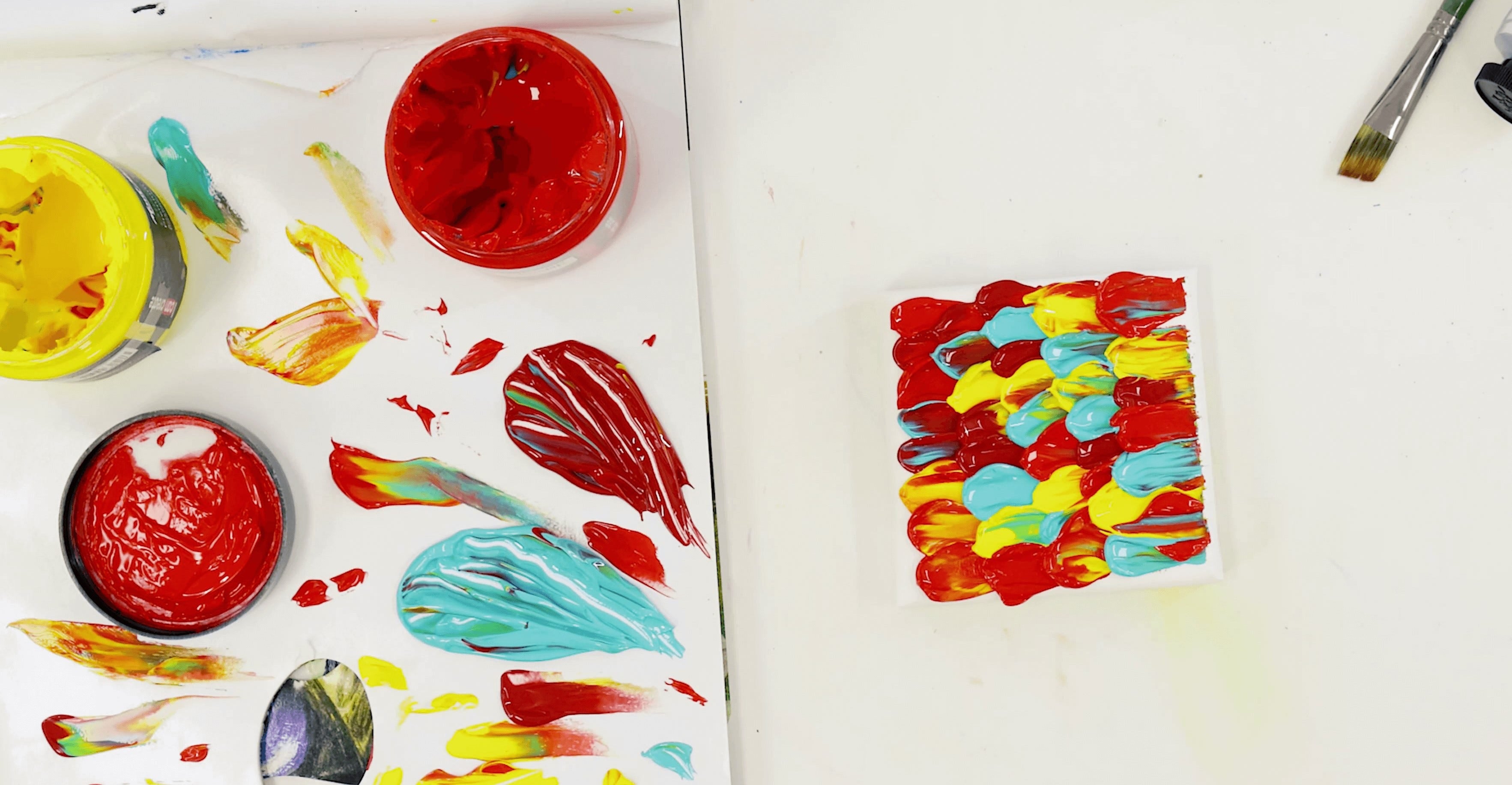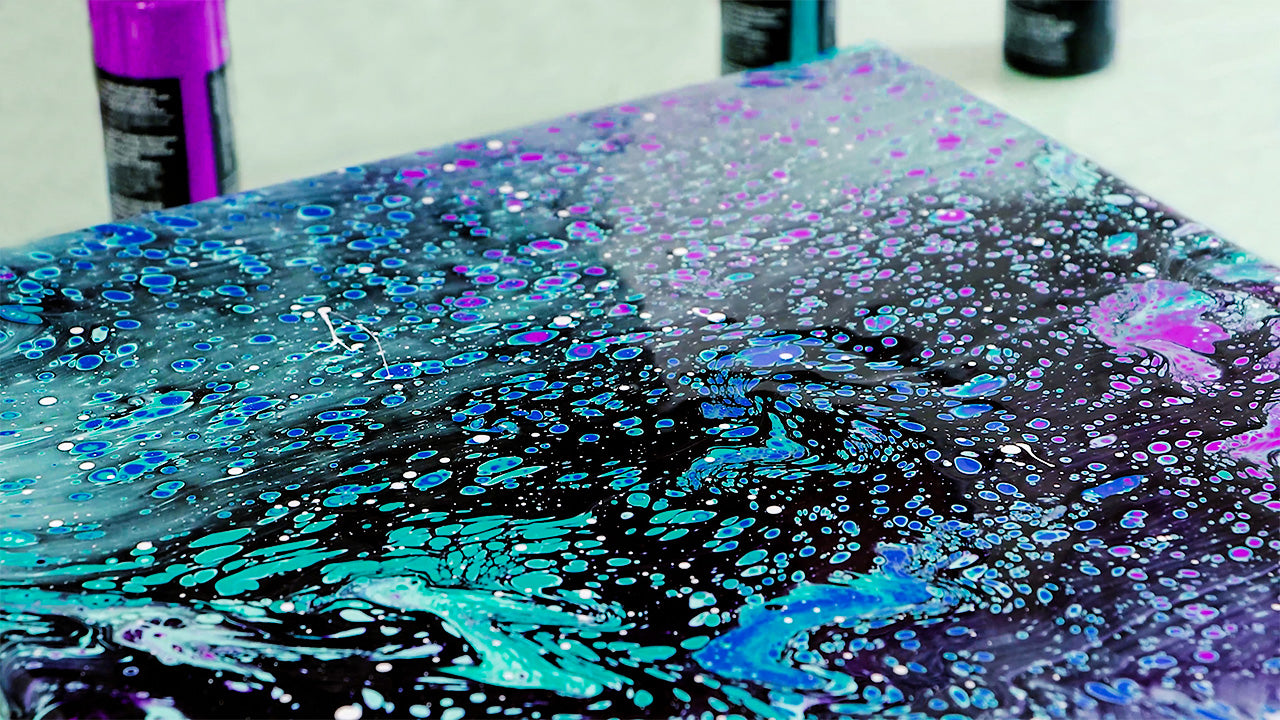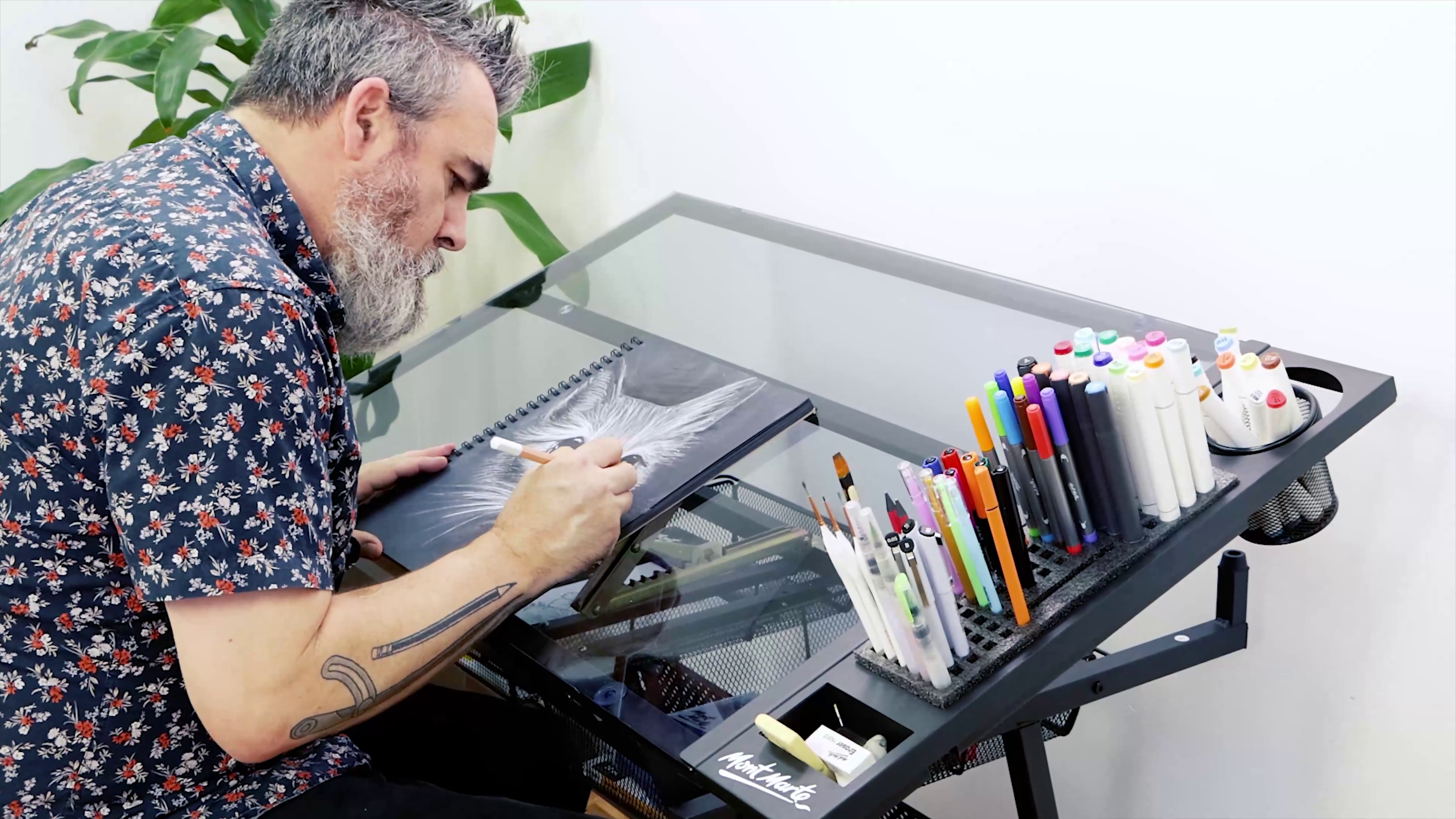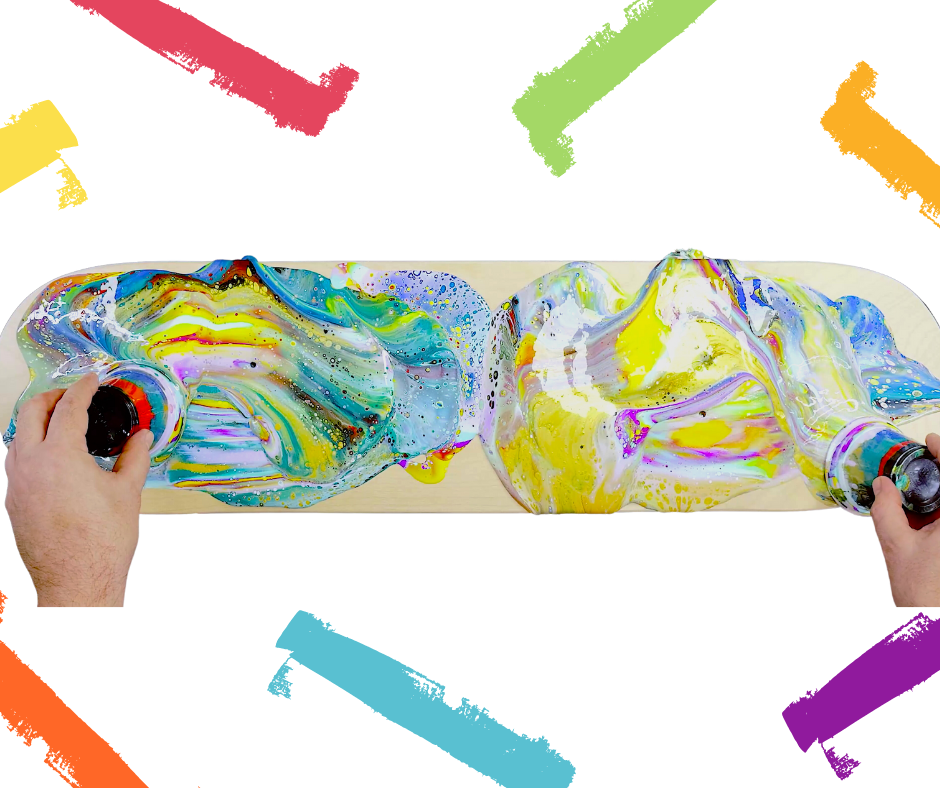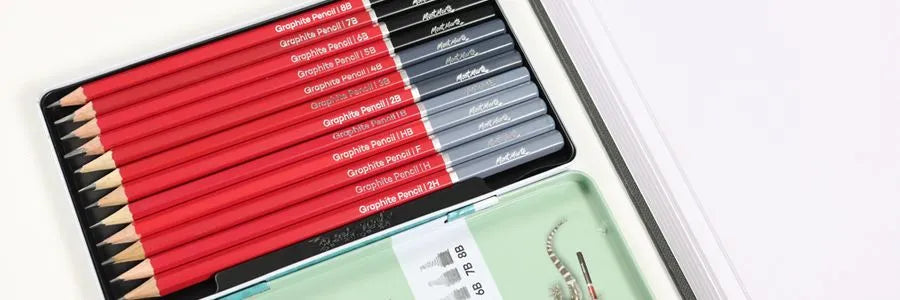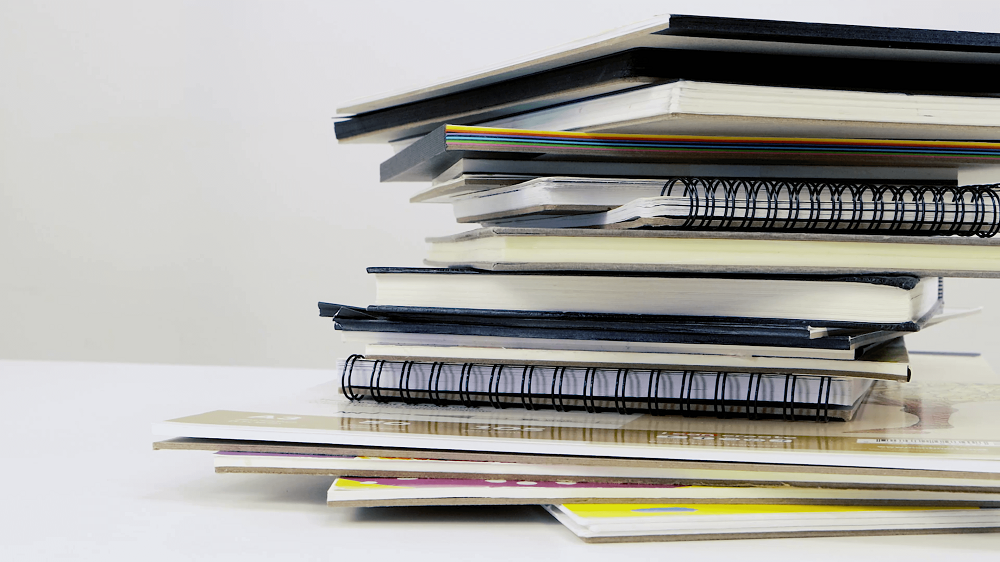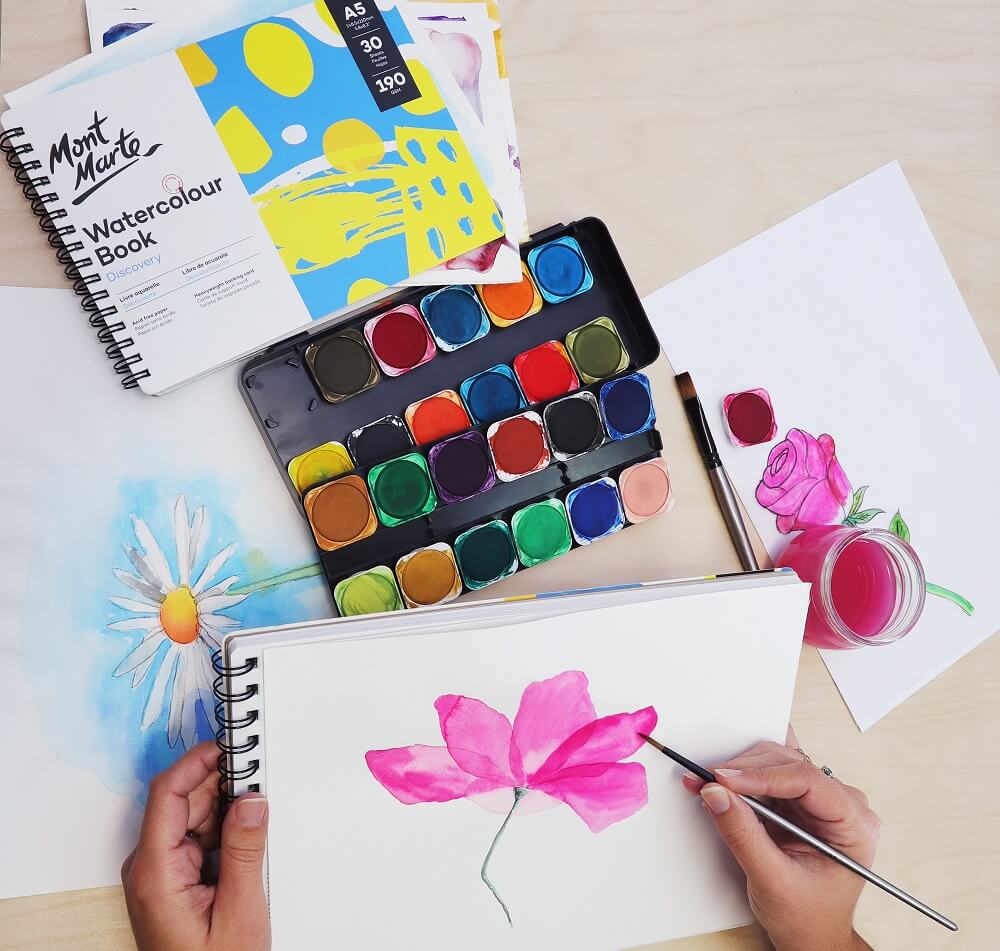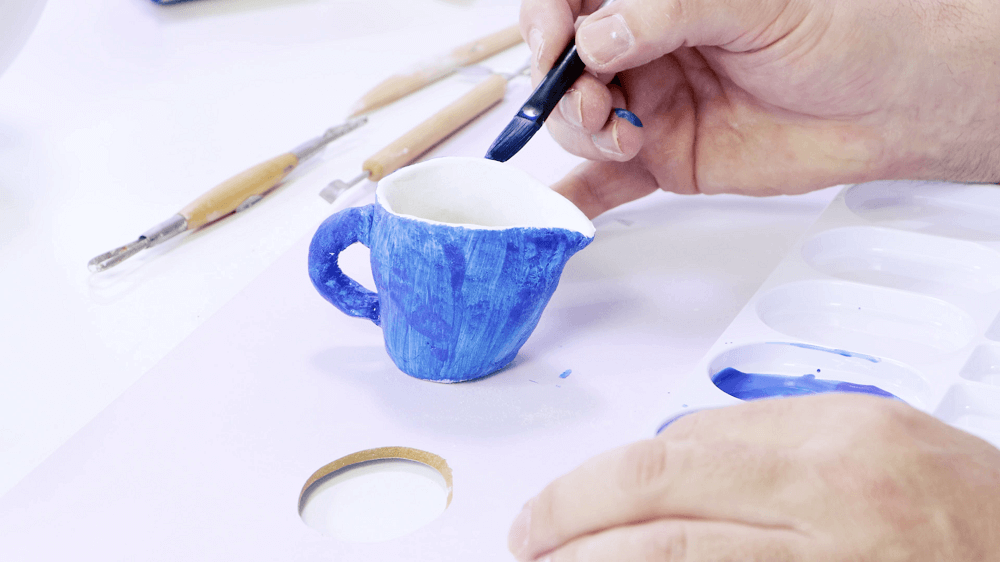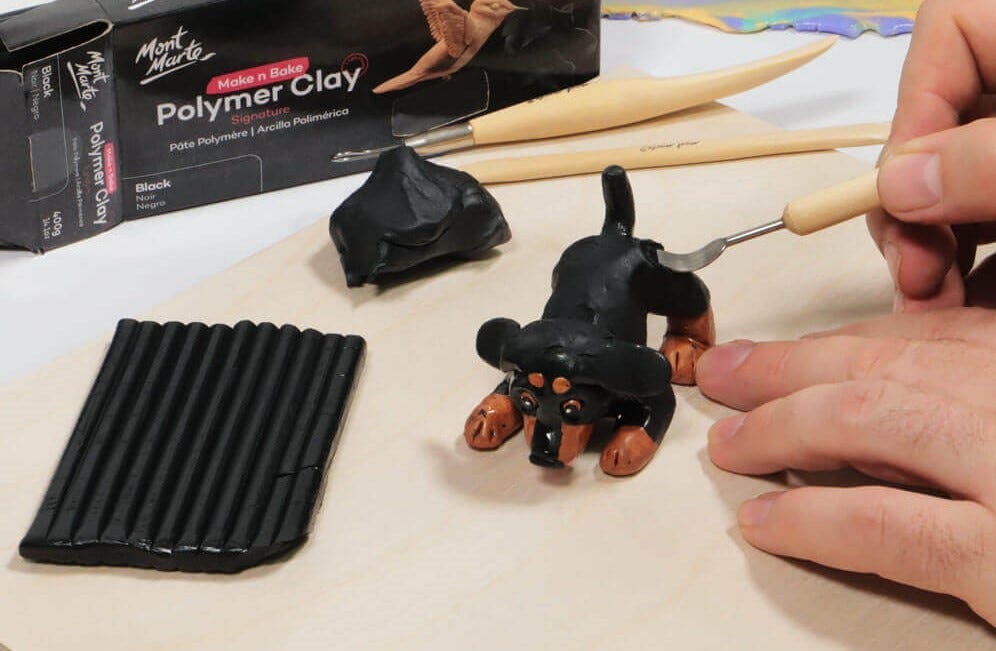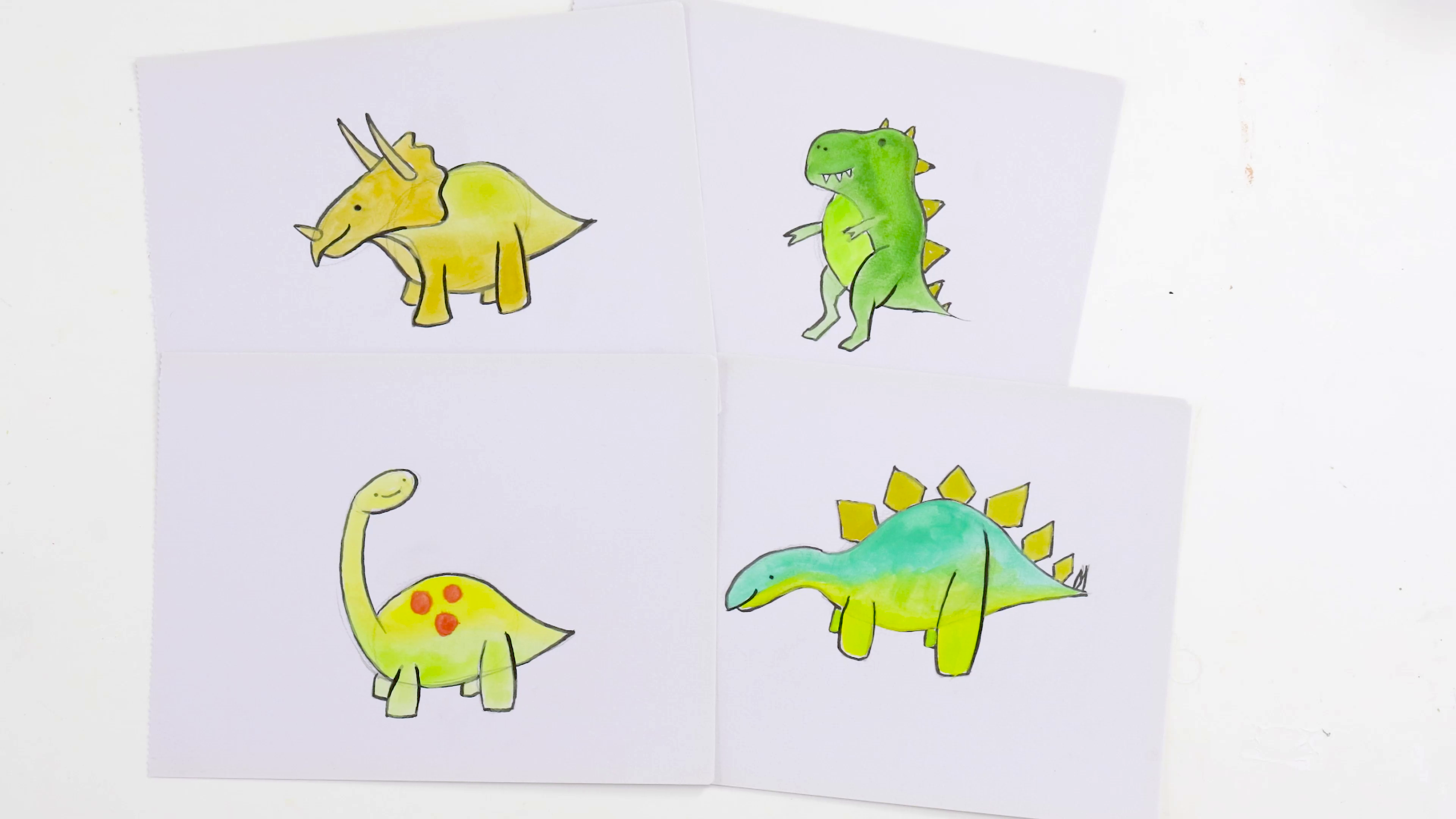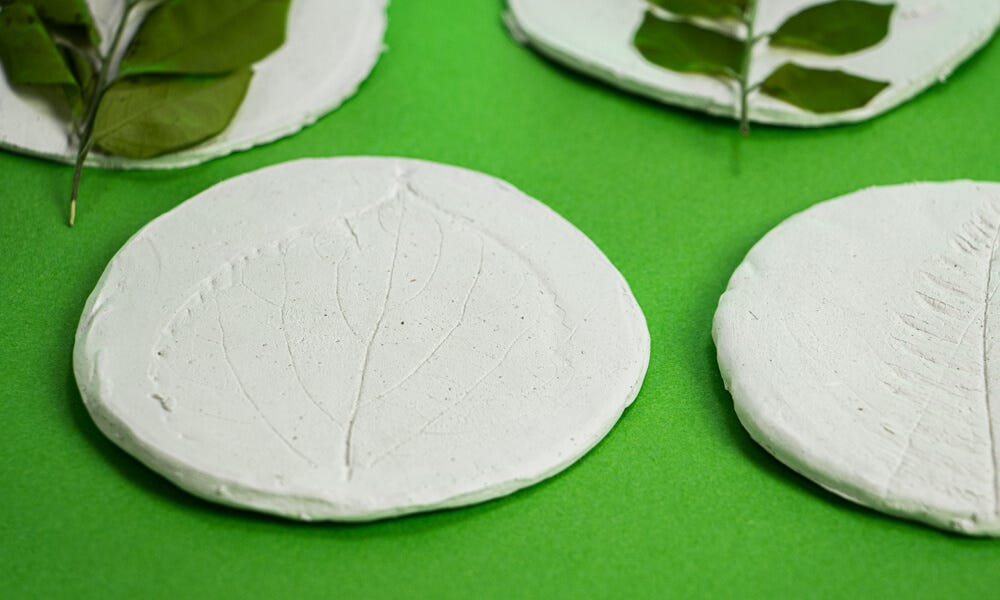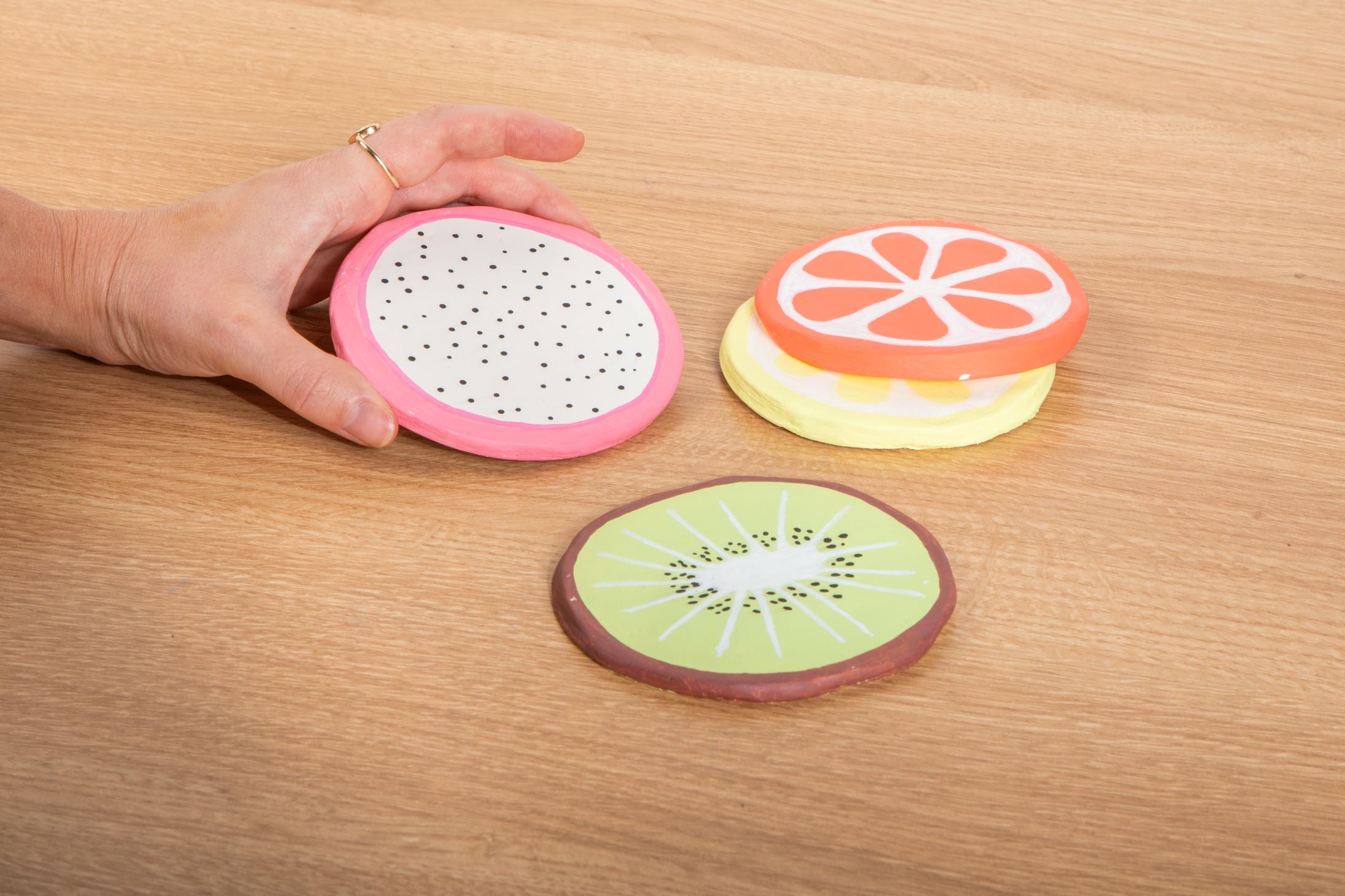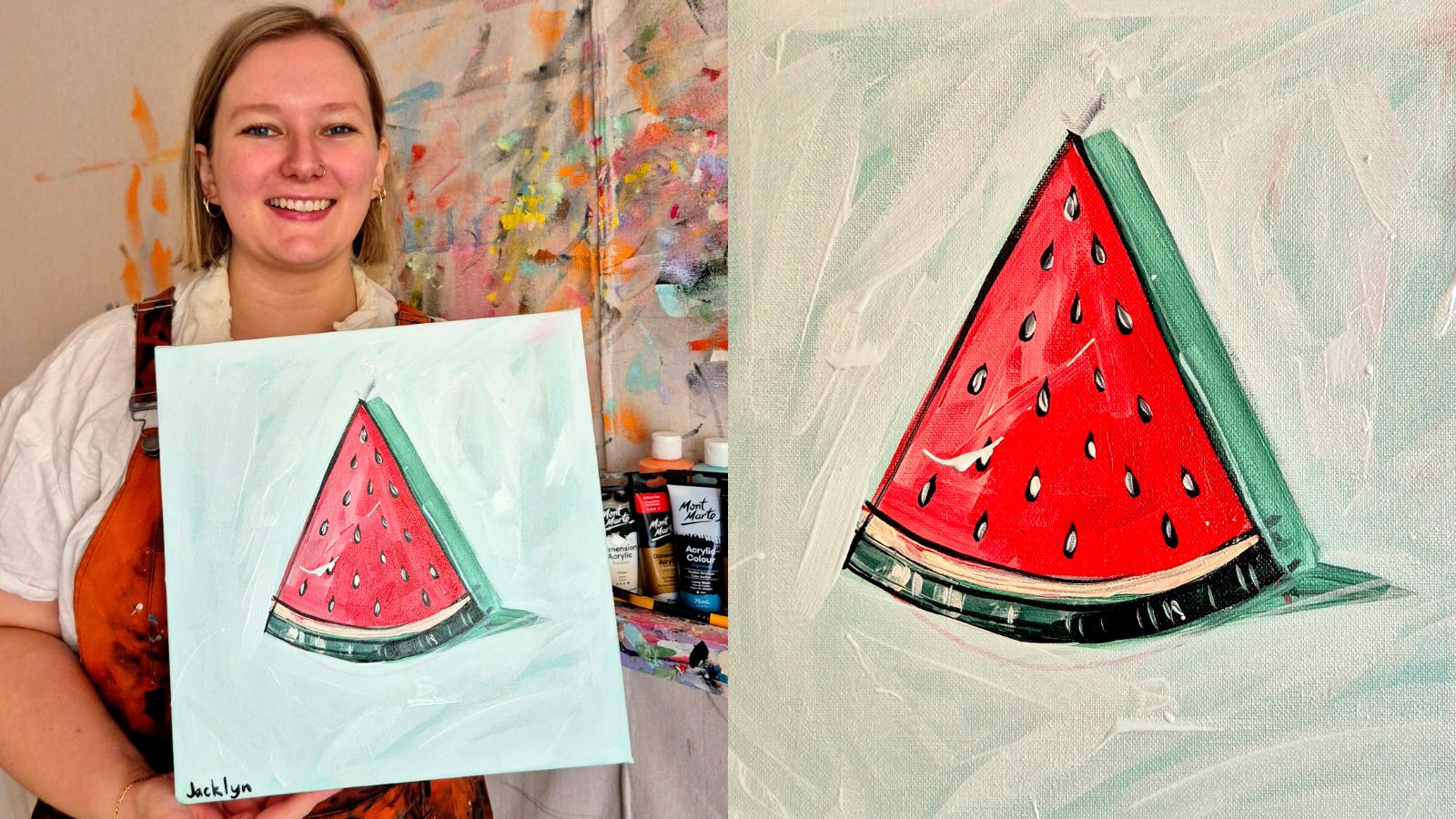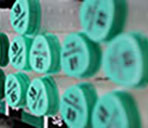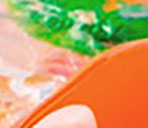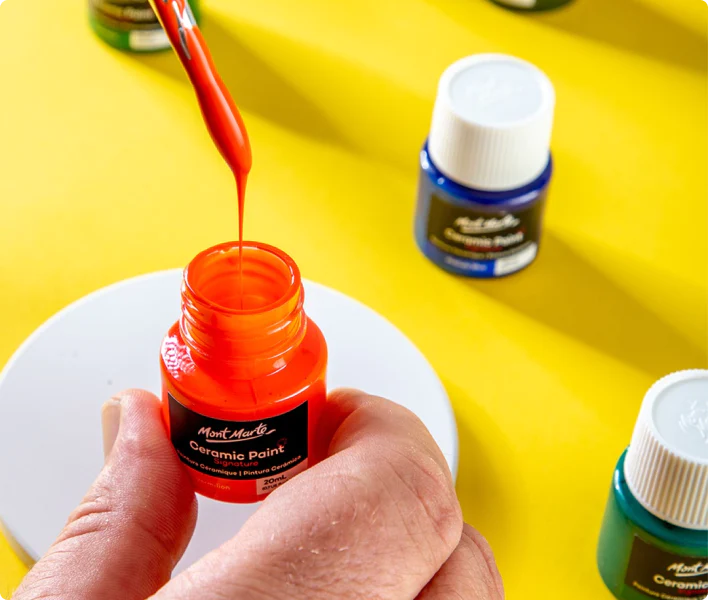How to cast an owl in plaster
Learn how to create a mould and cast your own plaster sculpture! In this lesson we'll take you through the entire process step by step.
Step1. Creating the armature
To create the armature cut 2 sheets of timber 20cm x 20cm. Drill a12mm hole in the centre of 1 sheet and place the booker rod through it and tighten it with nuts on both sides. Make sure the booker rod is 23 cm. You will have to cut this with a hacksaw. Next cut a16mm hole in the centre of the bottom sheet. This hole will lie over the top nut. Then screw the 2 sheets together.
Step 2. Adding the clay
This project requires 2 x 2kg blocks of air dry clay. Rough the face of each block of clay and wipe a little water onto the surface and place a block either side of the booker rod and firmly press the blocks together until they bond well.
Step 3. Rough shaping
Print out the last outline image to A3 and carefully use a hobby knife to cut out the side and front profiles. Apply each side profile and using a fettling knife or a butter knife cut away the negative waste clay. Once the side profiles have been created, apply the front profile and then cut the waste clay away.
Note: Place all waste clay in an air tight Tupperware container.
Step 4. Refining the shape
Now rough shape has been laid in we need to refine it. You can use some callipers or a ruler to mark up the measurements.
The steps to take are as follows:
1) Take the edge off the corners of the body at the rear so that they are rounded. Smooth it all off with wet hands.
2) Refer to the outline image, take measurements and mark the position of the wings. Cut the leading edges off the wings and cut in the tail.
3) Cut the appropriate clay off the sides of the base.
4) Shape the belly so that it is roundish.
5) Take the corners off the head region so the head is round. Then smooth it all off with wet hands.
Step 5. Detailing
The general shape of the sculpture should be finished by now. But we need to add all the details.
The steps to take are below:
1) First mark the heart shape facial shape with a sharp tool. Once the shape is correct, cut this to about 1mm wide and 1mm deep.
2) Mark the eye placement and beak placement with a sharp tool.
3) Cut the eye sockets out with a hobby knife. Clean up the edges with a flat modelling tool.
4) Add more clay to the beak region to give it the correct convex shape and blend the edges into the face.
5) Add a little ball of clay for each eye.
6) Add the toes with little pointed tubes of clay.
Allow the sculpture to thoroughly dry. This will take at least 3 days.
Step 6. Repairing any cracks
Most large sculptures will develop some cracks as the moisture content evaporates from the clay. This makes the clay shrink back a little and as a result the clay is pulled apart in spots. Cracks are easy to repair by filling the void with wet clay and blending the edges into the dry clay. Once the clay is all smoothed in, go over the top of the repair with water and a brush.
Step 7 Sealing the owl
The first step is to seal the sculpture with acrylic paint. This is done so that the surface of the clay is no longer porous. I have used acrylic spray paint but you could also use acrylic paint. Let this dry.
Step 8. Creating the mould wall
In this step we need to divide the sculpture in half with a wall of modelling clay. I'm using Mont Marte Modelling Clay to do this. Once one level lies around the sculpture lay a second layer over the top. Once both layers are on, apply balls onto the backside of the wall, which, in this case will be on the front side of the sculpture. Lay the sculpture front side down and use a large brush handle to press indentations into the modelling clay wall. These will be the registration lugs.
Step 9. Applying the release agent
It is very important to use a mould release agent on the master before you apply any mould because it is this release agent that stops the the mould sticking to the master. Without this application the mould will not release from the master. A good release agent can be made from petroleum jelly and white spirit. Put some petroleum jelly into a bowl and slowly mix in the white spirit until the mix is the viscosity of cream. Once the release agent has been mixed it can be applied to the backside of the sculpture with a soft brush.
Step 10. Adding the silicon to the back side
To create the silicon part of the mould you will need a disposable roasting tray, a disposable bowl, a couple of mixing utensils, a tube of acetoxy acid cure 100 % silicone ( silicone 1), a bottle of food colouring and some cornflour.
Begin by laying out some corn flour into the roasting tray. Next add 80 mls of food colouring into the disposable bowl and squeeze out 3/4 of a tube of silicone into it also. Mix it with the food colouring until the silicone changes colour. Once it is well mixed, lift it out of the bowl and drop it into the cornflour.
Knead it until it gets to the consistency of pizza dough. If it is a bit sticky coat it with more flour. Be careful not to add too much flour or it will dry rapidly and become unusable. Once it is just slightly sticky roll it into a sausage shape and lay it onto the back half of the sculpture and cover the sculpture up to the the modelling clay wall. While the silicone is still workable add 2 knobs to the silicone. These will hold the silicone to the plaster jacket that we will be applying in the next step.
Step 11. Adding the plaster jacket
Mix up some plaster of paris and dribble it over the silicone half of the mould. Let the plaster dry a little then mix up another batch and add it to the first layer, smoothing it on as you go. Keep on adding the plaster until the wall thickness is about 3.5 cms thick. This should take 4 applications. Just mix small batches of plaster so you can avoid wastage. While the clay is still soft scrape it off up to the level of the modelling clay wall. Let this plaster dry for 1 hour.
Step 12. Preparing the second half
Sit the mould and sculpture upright and remove the modelling clay wall from the sculpture. Use a small palette knife to remove any burs and rough patches from the first half of the plaster jacket. Lay the sculpture on its back and apply mould release agent over the front of the sculpture and over the edges of the plaster jacket of the first half.
Step 13. Creating the second half
The second half can be created in the same way as the first was. Mix up the silicone and apply it. The important part of this stage is that there is a lot more detail on the front side so we need to ensure that the silicone mould is pressed into all the nooks and crannies of the sculpture. Especially around the face and the hollows of the wings. Make sure that the silicon is pushed up to the silicone on the first half of the mould. This way the join will be quite tight. Once the silicone is on, apply the plaster jacket over the top. Let this dry for an hour.
Stand the sculpture and mould onto the base and using a fettling knife, cut back the plaster to reveal the join. Don’t take off too much plaster or you can remove the registration lugs. Leave this cure overnight.
Step 14. Preparing the mould for pouring
The mould should be quite hard by this stage and now can be separated, and the master can be removed. Gently tap a knife into the join of the mould and prise the mould apart. Pull the back off first and then gently remove the master from the mould. Place the 2 halves back together and bind them tightly together. I have used a tie down strap but hessian or rope can also be used. Place the mould upside down in a bucket so that the base is level.
Step 15. Pouring the mould
Mix up some plaster to the viscosity of thick pancake batter. The approximate ratio is 1 part water to 3 parts plaster but this is very dependant on the surroundings, so one needs to experiment. Make sure you wear gloves and slowly mix the plaster to avoid bubbles. When the plaster is properly mixed pour it into the deepest part of the mould in one consistent pour. Tap the side of the mould to release any air bubbles. Leave the cast dry for an hour.
Step 16. Chasing the cast.
Release the cast in the same way as the master was released. There is no cast that will be 100% perfect in every way so it will need to be cleaned up. This is called chasing the cast. The main thing that will need cleaning up is the waste that lies between where the two mould pieces join. This is called clashing and can easily be removed with a palette knife.
Material List
- Pottery Tool Kit Signature 10pc
- Mini Modelling Tools Signature 10pc
- Clay Tool Set Signature 11pce
- Plaster of Paris Signature 1kg
- Air Hardening Modelling Clay Premium - Terracotta 2kg (4.4lb)


